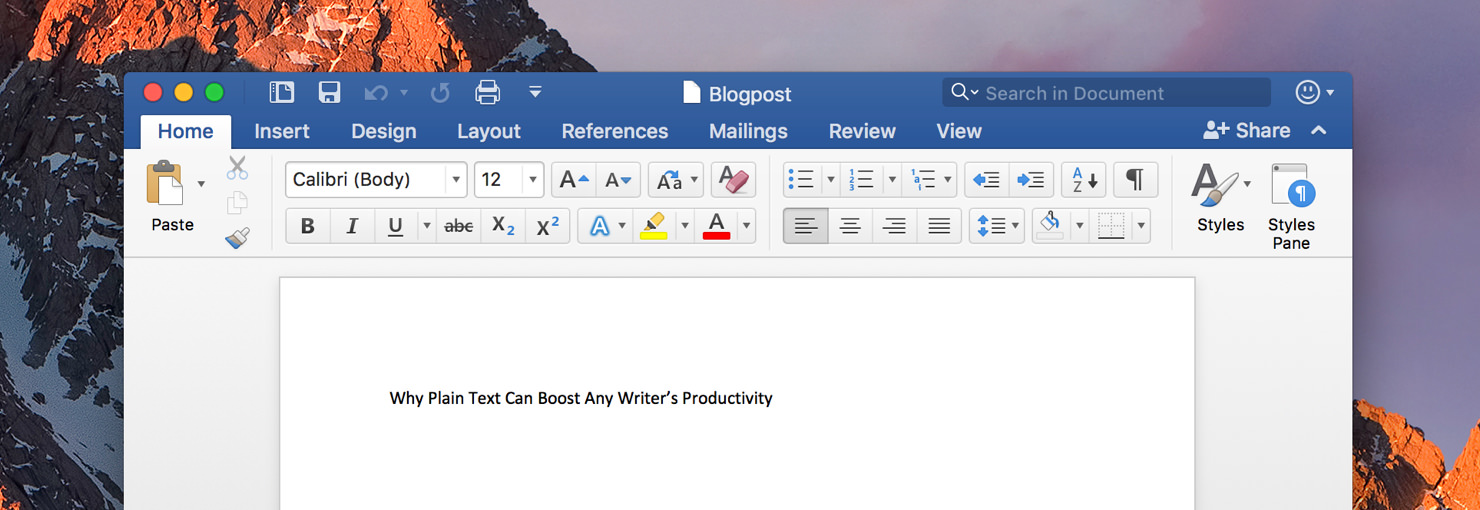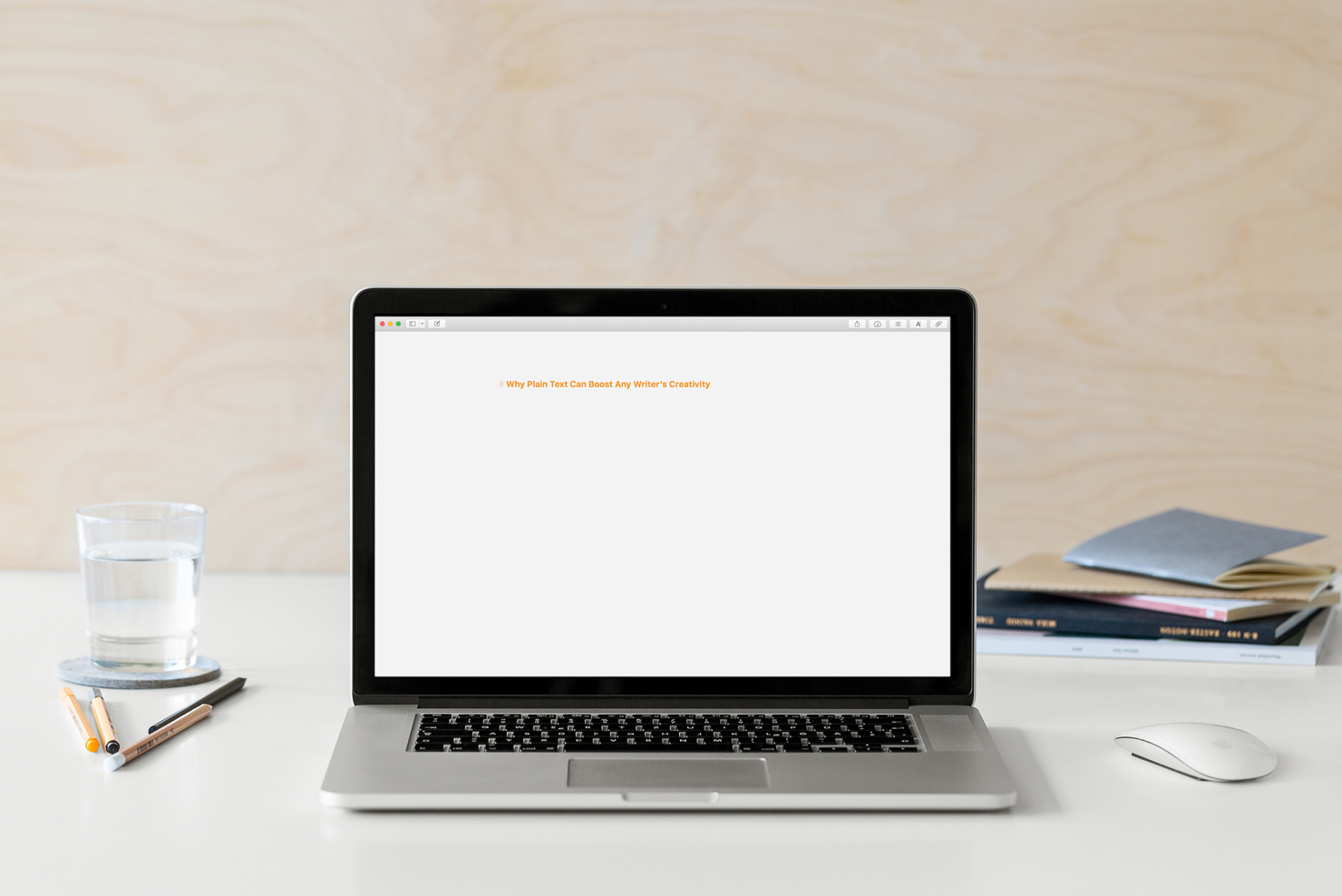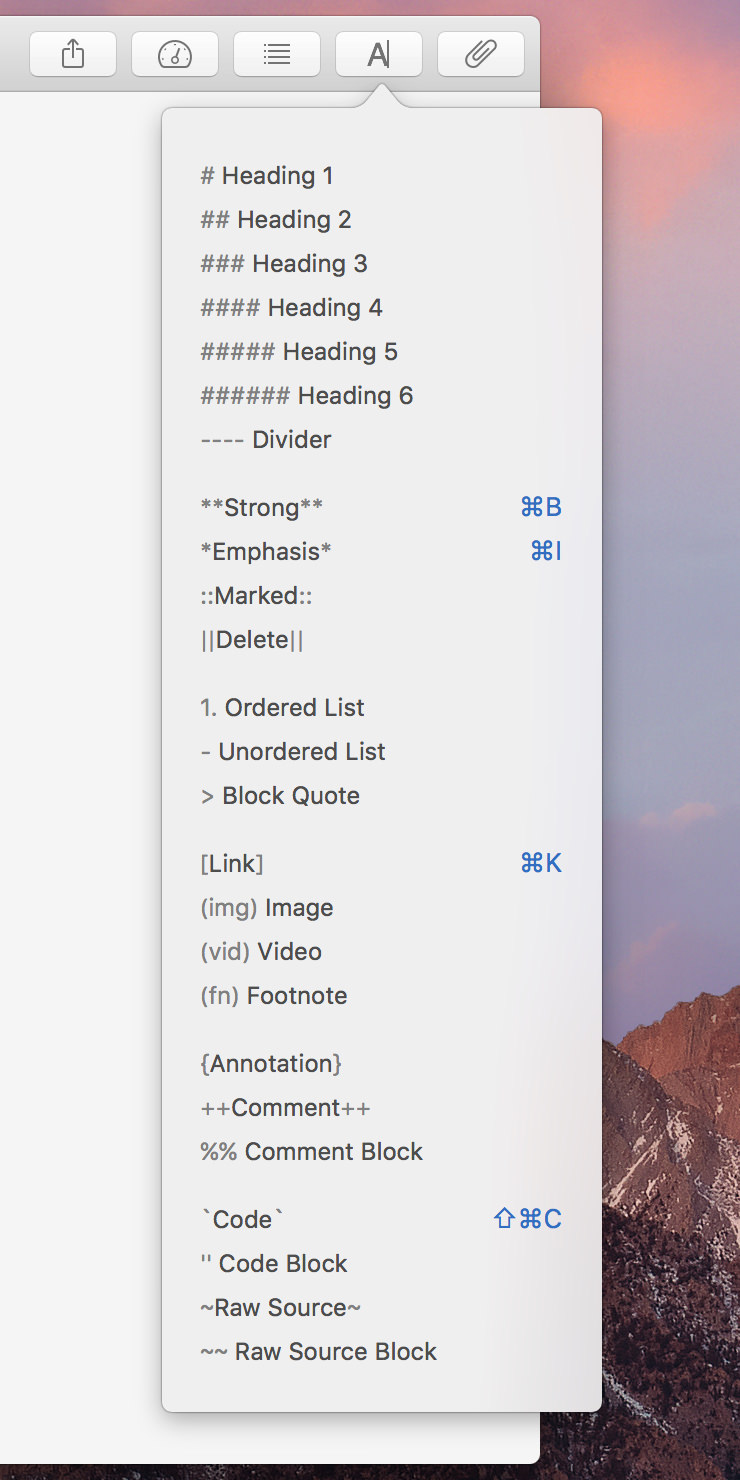Plain text writing may sound like a complicated concept to someone who grew up with text processors. But it is what writers did before text processors even existed: sit down in front of a typewriter and type words. Only when preparing for print, the manuscript was marked up by hand to indicate typefaces, styles, sizes, etc. to apply for the typesetter.
When text processors were first invented, they seemed to considerably empower writers, who were now able to format their texts right away. Over the years, these programs continually evolved and gained more and more functionality. The problem is that, at the same time, their original purpose faded into the background: writing.
Authors can choose to return to WordStar – which was the was the very first WYSIWYG (What You See Is What You Get) editor – to escape the bloat of modern text processors. Or they can write plain text.
The concept of writing in plain text gained many fans with the rise of blogging, but I think many of its benefits apply to any kind of writing. Here are some ways how plain text writing can help to boost your productivity.
Simplify Your Writing
Plain text writing (and marking up text elements for later formatting) is simple. If you’ve been socialized in Word (like me), you may disagree at first. But I believe that if you try plain text writing, you’re likely to change your mind and come to enjoy its purity and simplicity. As for myself, I think now that text processors are actually cumbersome, and many writers just got so used to this fact that they don’t question it anymore.
Be (Much!) Less Distracted
Whenever I open Microsoft Word for some reason (last time was for proofreading the doctoral thesis of a friend who doesn’t own a Mac), I feel somehow disoriented by all these buttons and menus. I’m aware that one can do exciting things with text processors – design an event invitation, for example, or add a diagram. But what when all you want to do is write?

Let’s say I’m up to crafting a blog post (a marketing strategy, an academic paper, whatever). I don’t feel that text processors are helping me in any way with that task. On the contrary, they seem designed to redirect my attention, continuously asking me questions: Is Cambria too ordinary as a font, are the margins too narrow? Should I try one of these fancy designs, and what does this button actually do? How can I avoid the page to break only two text lines after the headline? And so on.
Focus on Your Text
To avoid getting distracted by these permanently demanded decisions is an exercise in self-discipline. With plain text, on the other hand, you need to focus on what really counts: Your findings. Your thoughts. Your stories. Plus: As long as you’re writing, the question of the most appropriate typeface for your subhead or footnote is not relevant at all.

Separate Writing from Formatting
Writing plain text means to separate writing from formatting for the sake of productivity. The essential structural elements of a text are marked up while writing: You can write headings of various levels, add emphasis, add lists and more. What you can’t do: Tweak margins, or choose your first order headings to be 24 pt, and red-colored. All the layout tasks that have nothing to do with the content you’re trying to compose. Take care of layout later. This first instance should be about writing and writing only.
Write Faster

You’ll need only a small number of memorable signs to mark up the structural elements of a text while writing. Once you know them by heart, you can just type away, without reaching for the mouse and twiddling with fancy formatting menus.
It would be a good idea to have a cheat sheet at hand while learning the markup. With Ulysses, it’s built right in. Just click the markup button in the toolbar to bring up the list of all available tags, and tear it off to leave it open while writing.
It won’t take long until marking up a headline will come to you as natural as placing an exclamation mark. Questions like “underlined or set in italic?” won’t bother you anymore.
Save Time When Publishing
So you’ve successfully written a text. What’s next?
- You publish a blog post.
- You add it to the content management system of a website.
- You create an e-book and publish with Amazon, Nook or iBooks.
- You convert it to PDF and pass it over to your colleagues for their opinion.
- It’s for a print publication. You send it to the designer, and he uses InDesign to produce a leaflet.
- It’s a diary, or notes-to-self, not meant to be read by anyone but yourself: The text remains where it is.
- It’s a term paper for university: You export to formatted text, print and submit to your professor.(t.b.c.)
There’s a lot of things you can do with texts. For many of them, using a text processor isn’t mandatory. On the contrary, sometimes formatting can even get in your way, and you have to remove it manually.
And even if it actually is a Word document that you want (or must) have in the end: Even then you’ll probably be more productive when you separate writing and formatting.
Repurpose Your Text
If you want to publish your text more than once, but in different formats, plain text is very effective – thanks to the use of markup, you can easily convert it. Ulysses, as an example, can use the same text to create a formatted PDF, an e-book or standard HTML – with just a few clicks.
So, if you haven’t tried it yet, I hope this article inspired you to explore the benefits of plain text writing and find the editor that fits you best. I suggest [starting your research here.](http://www.ulyssesapp.com "“Ulysses"")
Edit: This post was updated Juni 20, 2018.
